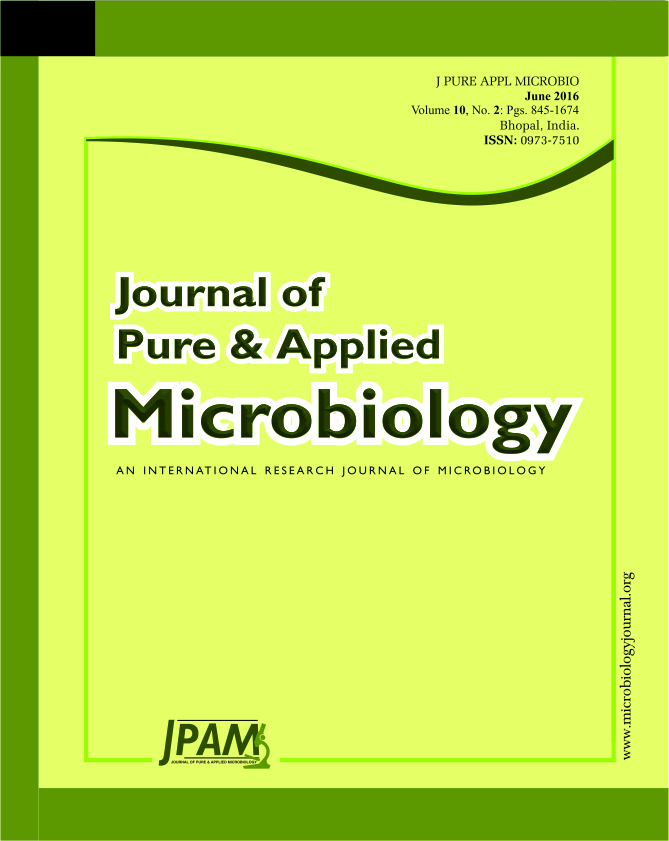Insects are susceptible to a variety of diseases caused by microbes which are exploited for their biological control through inundative applications. Control of insects by microbs is intensively investigated to develop environmental friendly pest management strategies in agriculture. Among these the most successfully utilized for insect management is Bacillus thuringiensis (Bt), which is used extensively against lepidopteran pests. Insecticidal toxins used in agriculture are predominantly from Gram-positive bacteria and derived mostly from Bacillus thuringiensis producing the toxins a) neurotoxins b) digestive toxins and c) cytotoxins, categorized based on their target tissues. Members of the Enterobacteriaceae, Photorhabdus, Xenorhabdus, Serratia, and Yersinia spp. produce insecticidal toxins with oral toxicity. The haemolymph are the novel targets of bacterial toxins while as most toxins are known for their toxicity to gut as well as nervous tissues in lepidopteran larvae. Therefore, this review describes the virulence factors associated with both Gram-negative and Gram-positive bacteria as well as their mode of action and their target organ in insect pests.
Bacteria, Insect, Management, Microbial, Bacteria.
© The Author(s) 2016. Open Access. This article is distributed under the terms of the Creative Commons Attribution 4.0 International License which permits unrestricted use, sharing, distribution, and reproduction in any medium, provided you give appropriate credit to the original author(s) and the source, provide a link to the Creative Commons license, and indicate if changes were made.


